Needing to clean out my freezer in preparation for receiving a quarter of a 4-H pig in a month, I’ve been working diligently to discard old stuff that I’ll never use and cook up things that have been hiding in corners. I had this nice 2-pound boneless pork loin roast, but what to do with it? I turned to my newest favorite grilling book: The Barbecue Bible by Steven Raichlen. Sure enough, he had several pork loin recipes. This one fit the bill since it didn’t require me to run to the grocery store. All I needed was garlic (yup), rosemary (yup, out of the garden, in abundance), salt, pepper and olive oil. How cinchy is that?
Ideally you’ll want to marinate this roast for a few hours with the herb-garlic mixture all over it, but I didn’t have the time. I’d forgotten to defrost the roast until about noon the other day, so soaked it in cold water (all sealed up) for several hours. Some parts of the middle were still a bit on the frosty side, so I opened up the roast (which is a procedure in the recipe anyway) and let it sit at room temp for about 20 minutes.
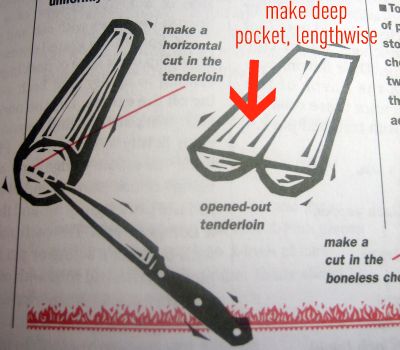
photo, from Raichlen’s The Barbecue Bible, showing how to butterfly a pork tenderloin. I used the same technique for a pork roast.
The recipe indicates using a mortar for grinding up the herb mixture, but I had frozen little cubes of garlic to use (pureed) and it took no time at all to mince the fresh rosemary. I just minced and minced and minced with my long santoku knife, then mashed in the garlic, salt, pepper, and finally the oil. It took no time at all to make. I’m including a photo of a page in the cookbook about butterflying the meat. The meat I had was from Costco, and it was already rolled. I opened it up (it was already butterflied), but then you cut shorter pockets in each side (in the fat side of the loins) – not all the way through, and leaving ½ inch at each end. So it’s a kind of slot. To stuff the herbs into. You slather half of the mixture on the inside edges, reform the roast, tie it up (I used those nifty reusable baking rubber bands), then slather the remaining herbs on the outside.
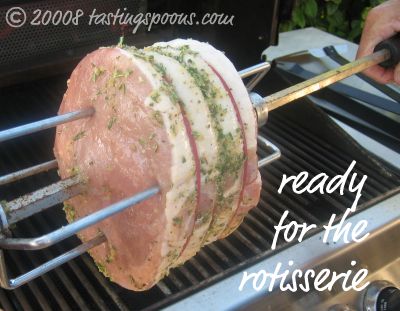
We decided to rotisserie the roast. My DH warmed the grill to high, and between us we positioned the rotisserie prongs in the meat and started it up. You can also do this over indirect heat on the grill itself (positioning a drip pan under the grill, however). It took about 70 minutes for our roast to reach 160 degrees F. We removed it, let it rest for about 5 minutes while I quick-like arranged the artichoke half I’d just pressure-cooked, and a nice green salad. I had meat from the inside of the roast – it was delicious – absolutely mouth-filling with the garlic and rosemary. Loved it. DH had a slice from the outside, and he thought it was a bit overdone. Next time I’d remove the roast at 155 degrees F. and let it sit. And I’d push the pocket to almost the end, so only the very outside slice would be without some of the herb mixture in it. I might also make a sauce to serve with this – a pan sauce would be easy enough to do. Maybe just chicken broth, rosemary and garlic, perhaps some chopped up dried apricots. Boiled and thickened, then with some added butter just at the end. Just a thought. I’ll be making this again, in any case.
printer-friendly PDF
Rosemary Grilled Pork Loin
Recipe By: The Barbecue Bible by Steven Raichlen
Serving Size: 4
6 cloves garlic — peeled
1/4 cup fresh rosemary leaves — minced
1 tablespoon kosher salt
1 tablespoon freshly ground black pepper
2 tablespoons olive oil
2 pounds boneless pork top loin roast
1. Combine the garlic, rosemary, salt and pepper in a mortar and pound to a smooth paste with the pestle, then work in the oil. Alternately you may use a spice mill or mini chopper and process until it’s a puree.
2. Using a long, sharp knife, cut the pork roast almost in half lengthwise (butterfly it). Open out the meat, then carefully cut a pocket in each side (lengthwise). Do not cut all the way through or at each end, either. It should make a small oval space, leaving about 1/2 inch at each end. Spread half of the herb mixture on the inside of the meat, then reassemble the meat and tie with kitchen twine in 1-inch intervals, then spread the remaining herb mix on all sides of the outside of the roast. If time permits, allow this to marinate in a plastic bag for 2-4 hours. Allow to sit at room temp while you fire up the grill.
3. ROTISSERIE: Preheat the grill to high and set it up for rotisserie. Skewer the roast lengthwise and insert into the grill. Allow it to rotate until it’s well browned and cooked through, to 160 degrees F. Or, you may remove it at 155 degrees and allow to sit for 10 minutes until it reaches 160.
4. INDIRECT GRILLING: Set up grill for indirect grilling, placing a drip pan in the center. Preheat the grill to medium, grease the grill with oil, then place the roast on the grill over the drip pan, cover and cook until internal temperature registers as above, about 1 to 1 1/2 hours. Remove to a cutting board, remove string and cut roast into thin slices crosswise. Serve, hot, warm or at room temperature (the way they do it in Italy).
Per Serving: 329 Calories; 16g Fat (46.3% calories from fat); 40g Protein; 3g Carbohydrate; 1g Dietary Fiber; 100mg Cholesterol; 1494mg Sodium.





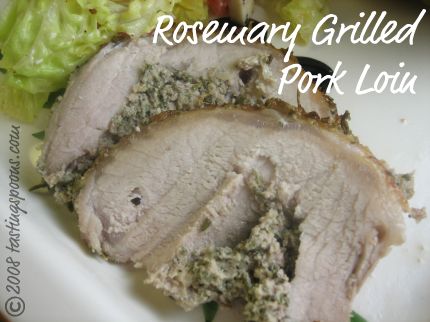

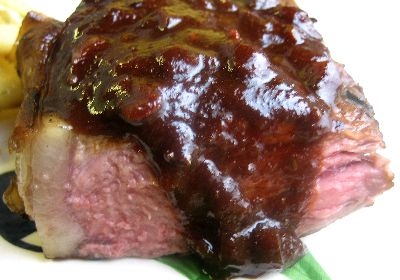
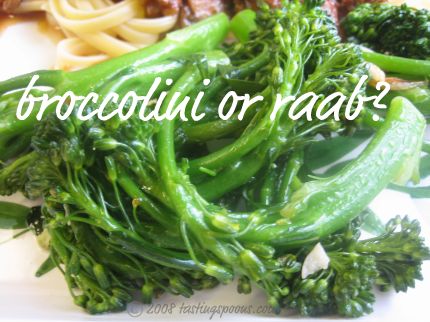
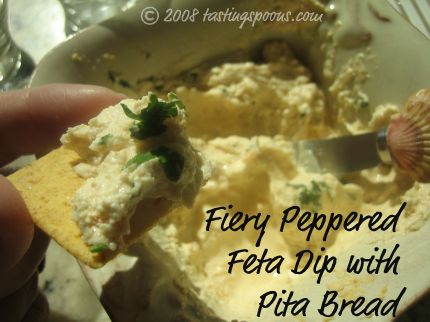
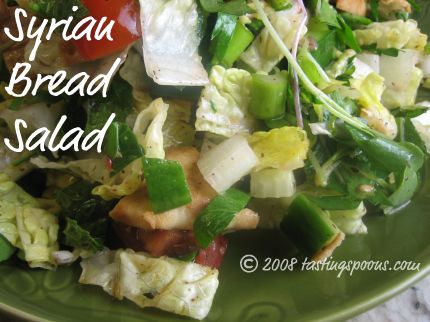
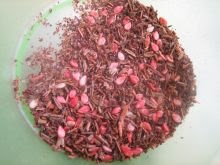
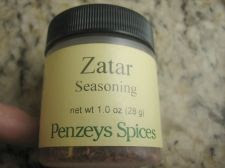
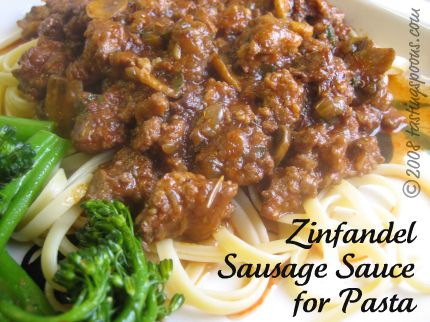
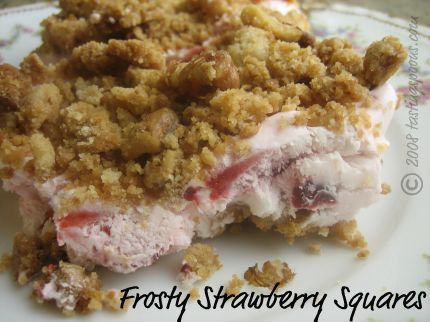
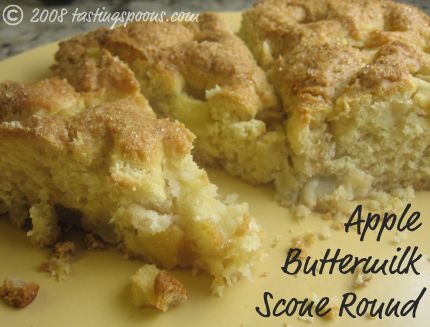


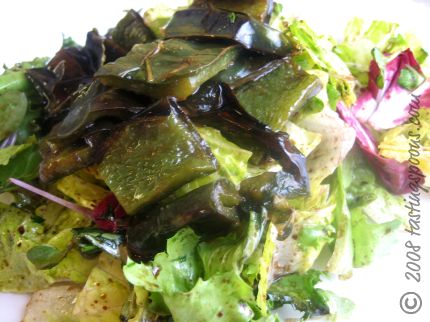
Leave a Comment!